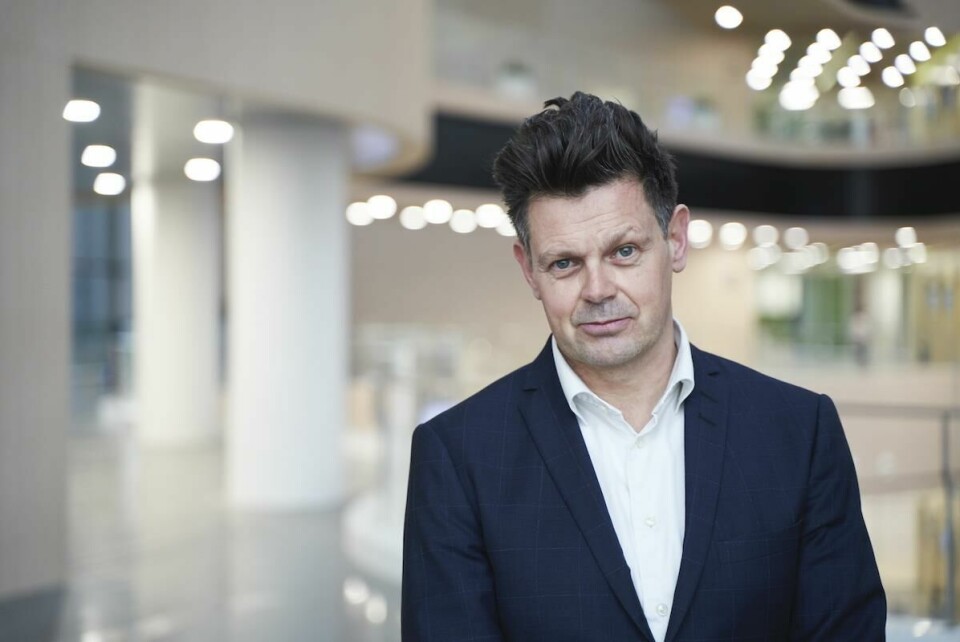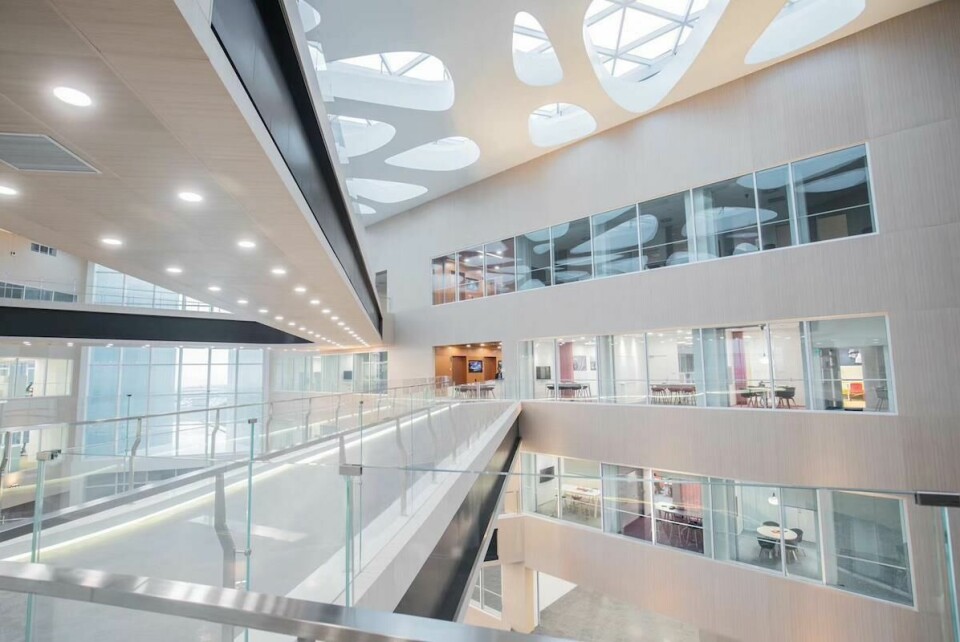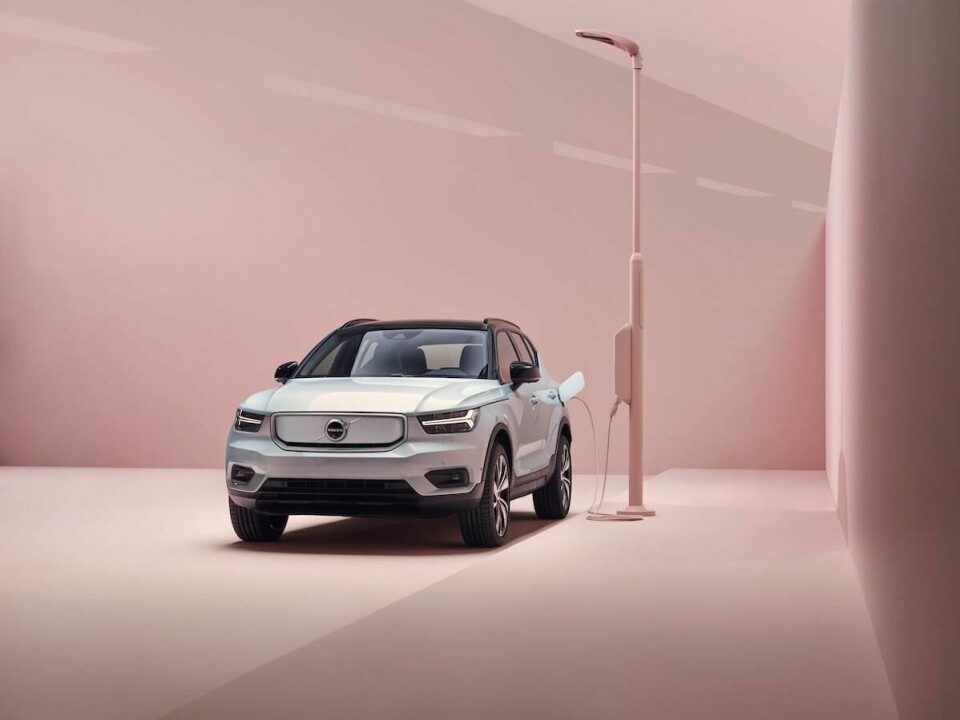
Car Design Review 7: Jonathan Disley, Volvo
Volvo China’s head of design Jonathan Disley discusses bringing Scandinavian design to the world’s largest car market
We came out to China in 2010 design-wise and I’ve been here since 2015. We started off with a very small team in a nice little studio. Many of the core team are still here. People enjoy working for Volvo. We built up our capabilities and our team plugs into the brand’s main Gothenburg team in Sweden. We connect on a daily basis but their people come out here too. They spend a few months here in China sometimes and our team members also go to Gothenburg to immerse ourselves. We can send them what we’ve done during the day and when we arrive in the morning we get back from Gothenburg what they did during their day. It speeds things up enormously. We have about 32 staff in our China design team but we’re expanding.
Previously, our studio was responsible for long wheelbase cars, but now we get a big bite of the cherry. We’re included on all projects, from concepts right through to production cars, either sections or full vehicles, we can do everything. And we have a very cool VR system to communicate in a virtual world around the globe. I can talk to the California design team and ‘stand’ in their studio and they can ‘stand’ in our new Shanghai studio too. We’ve built it in virtual reality already so we can walk around that building and do reviews there even before the actual building is finished.

Our previous Chinese studio had charm but it was in an old building. However, the main reason we moved out was to plug into Volvo’s new Asian headquarters in Jiading, 45 minutes from the centre of Shanghai. We have a lot of people that live on the other side of Shanghai and Pudong and they commute every day so it’s quite possible. We have a temporary space in the Jiading HQ until our new studio is built on the same site. Within a year we should be moved in. The new studio will give us the ability to mill and hold reviews of full-size cars. We’ll be able to start projects from China and be part of the whole global programme in a real three-dimensional as well as virtual way. The new space is about 5000 sq m, over two floors and we’ll have a mezzanine where the designers sit and overlook the main clay model studio. We’ll have a few plates too, not just one like before, so we’ll be able to do a number of physical projects at the same time.
One of the things we also support is the localisation of our cars. Volvo has been releasing cars a little bit later here than in Europe so the XC40 is fairly new in China. But Chinese customers are becoming more aware of Volvo and Scandinavian design is becoming a hot topic, with its focus on the honesty of materials, high quality, fit and finish and having more design presence than maybe a ‘more is more’ approach. Like the essence of a good hotel might be more about the way you get treated, or a fantastic restaurant being more concerned about its ingredients, it’s the same kind of experience they’re looking for with a car.

Volvo customers are a lot younger in China. An S90 buyer here might be a 23-27 year-old. Sedans are still very cool. There is a Chinese app called WeChat through which you can do everything – pay bills, buy stocks, talk to friends – as well as communicate through Facebook and Twitter. Until you use it, you don’t realise how powerful a tool it is. I don’t need my wallet or credit card anymore. Information-sharing is incredible here. People’s ability to know about something and share their experience of products is phenomenal. I think having this technology in our cars is pretty good and I think we were leaders with touchscreens. Having the ability to adjust to give customers what they need and expect is very important. Because things are moving fast people want their car to also move as fast.
Safety’s always been the number one priority for Volvo. But safety is not purely about a crash situation. It’s the materials you use, the air you breathe. It’s the way our cars are put together and how we design them with all of these elements that makes a really great product. Really understanding sustainability and what a material is made out of is very important. Our customers might have a high sensitivity to chemicals, or to things they put next to their skin, so when Volvo designs products, we make sure our products are sustainable and safe. It’s something we’ve always done. For example, the clean zone inside Volvos purifies the air and you can easily see on the display inside our cars how fast that air is cleaned, even before you step into the car.
Being involved in one of the most design award-winning brands at the moment and part of a team that’s ultra-creative, to having real opportunities to get your winning car design developed for the road, is really something special. As Volvo has such strong brand values it’s nice to be able to link your design philosophies to Scandinavian design. It’s much easier than not knowing who your brand is. This gives Volvo designers an edge and the ability to make something with real purpose.
This article first appeared in Car Design Review 7.







